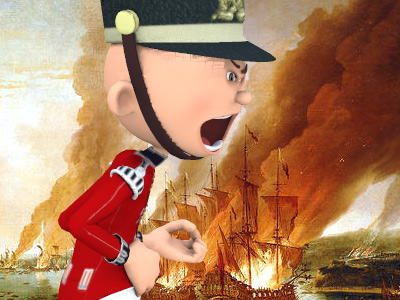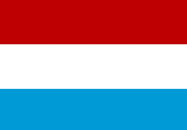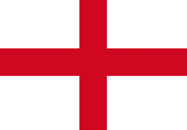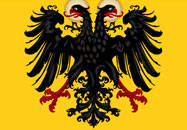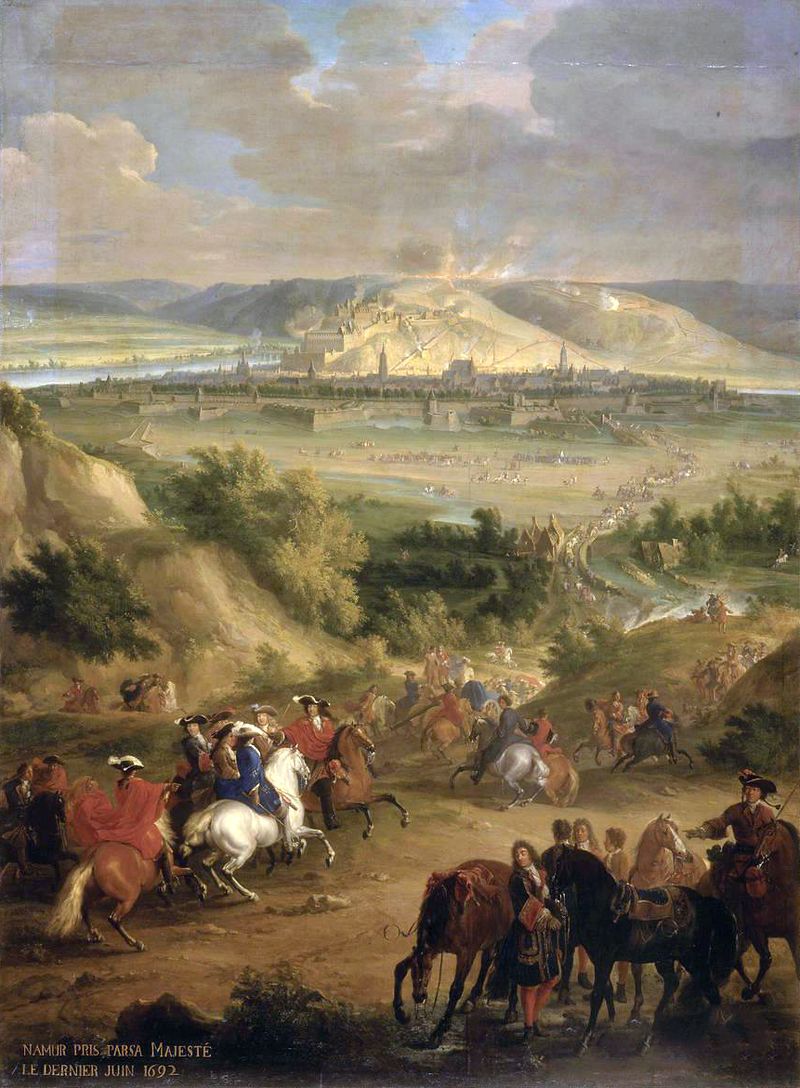Nine Years' War (1688–97)
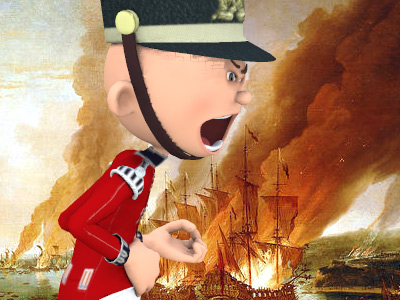
War and Diplomacy: 1694–95
French arms at Heidelberg, Rosas, Huy, Landen, Charleroi and Marsaglia had achieved considerable battlefield success, but with the severe hardships of 1693 continuing through to the summer of 1694 France was unable to expend the same level of energy and finance for the forthcoming campaign. The crisis reshaped French strategy, forcing commanders to redraft plans to fit the dictates of fiscal shortfalls. In the background Louis XIV's agents were working hard diplomatically to unhinge the coalition but the Emperor, who had secured with the Allies his 'rights' to the Spanish succession should Charles II die during the conflict, did not desire a peace that would not prove personally advantageous. The Grand Alliance would not come apart as long as there was money available and a belief that the growing strength of their armies would soon be much greater than those of France The Kingdom of France is the historiographical name or umbrella term given to various political entities of France in the medieval and early modern period. It was one of the most powerful states in Europe since the High Middle Ages. It was also an early colonial power, with possessions around the world. Colonial conflicts with Great Britain led to the loss of much of its North American holdings by 1763. The Kingdom of France adopted a written constitution in 1791, but the Kingdom was abolished a year later and replaced with the First French Republic..
The Kingdom of France is the historiographical name or umbrella term given to various political entities of France in the medieval and early modern period. It was one of the most powerful states in Europe since the High Middle Ages. It was also an early colonial power, with possessions around the world. Colonial conflicts with Great Britain led to the loss of much of its North American holdings by 1763. The Kingdom of France adopted a written constitution in 1791, but the Kingdom was abolished a year later and replaced with the First French Republic..

Bombing and destruction of the city of Dieppe in 1694 by the Anglo-Dutch fleet

Bombing and destruction of the city of Dieppe in 1694 by the Anglo-Dutch fleet
( Click image to enlarge)
In the Spanish Netherlands Luxembourg still had 100,000 men; but he was outnumbered. Lacking sufficient supplies to mount an attack Luxembourg was unable to prevent the Allies garrisoning Dixmude and, on 27 September 1694, recapturing Huy, an essential preliminary to future operations against Namur. Elsewhere, de Lorge marched and manoeuvred against Baden on the Rhine with undramatic results before the campaign petered out in October; while in Italy, the continuing problems with French finance and a complete breakdown in the supply chain prevented Catinat's push into Piedmont. However, in Catalonia the fighting proved more eventful. On 27 May Marshal Noailles, supported by French warships, soundly defeated the Marquis of Escalona's Spanish forces at the Battle of Torroella on the banks of the river Ter; the French proceeded to take Palamós on 10 June, Gerona on 29 June, and Hostalric, opening the route to Barcelona. With the Spanish The Spanish Empire was a colonial empire governed by Spain and its predecessor states between 1492 and 1976. One of the largest empires in history, it was the first to usher the European Age of Discovery and achieve a global scale, controlling vast territory. It was one of the most powerful empires of the early modern period, reaching its maximum extent in the 18th century. King threatening to make a separate peace with France unless the Allies came to his assistance William III prepared the Anglo-Dutch fleet for action. Part of the fleet under Admiral Berkeley would remain in the north, first leading the disastrous amphibious assault on Brest on 18 June, before bombarding French coastal defences at Dieppe, Saint-Malo, Le Havre, and Calais. The remainder of the fleet under Admiral Russell was ordered to the Mediterranean, linking up with Spanish vessels off Cadiz. The Allied naval presence compelled the French fleet back to the safety of Toulon, which, in turn, forced Noailles to withdraw to the line of the Ter, harassed en route by General Trinxería's miquelets. By shielding Barcelona in this way the Allies kept Spain in the war for two more years.
The Spanish Empire was a colonial empire governed by Spain and its predecessor states between 1492 and 1976. One of the largest empires in history, it was the first to usher the European Age of Discovery and achieve a global scale, controlling vast territory. It was one of the most powerful empires of the early modern period, reaching its maximum extent in the 18th century. King threatening to make a separate peace with France unless the Allies came to his assistance William III prepared the Anglo-Dutch fleet for action. Part of the fleet under Admiral Berkeley would remain in the north, first leading the disastrous amphibious assault on Brest on 18 June, before bombarding French coastal defences at Dieppe, Saint-Malo, Le Havre, and Calais. The remainder of the fleet under Admiral Russell was ordered to the Mediterranean, linking up with Spanish vessels off Cadiz. The Allied naval presence compelled the French fleet back to the safety of Toulon, which, in turn, forced Noailles to withdraw to the line of the Ter, harassed en route by General Trinxería's miquelets. By shielding Barcelona in this way the Allies kept Spain in the war for two more years.
In 1695 French arms suffered two major setbacks: first was the death on 5 January of Louis XIV's greatest general of the period, Marshal Luxembourg (to be succeeded by the Duke of Villeroi); the second was the loss of Namur. In a role reversal of 1692 Coehoorn conducted the siege of the stronghold under William III, and the Electors of Bavaria and Brandenburg. The French had attempted diversions with the bombardment of Brussels, but despite Boufflers' stout defence Namur finally fell on 5 September. The siege had cost the Allies a great deal in men and resources, and had pinned down William III's army through the whole summer campaign; but the recapture of Namur, together with the earlier prize of Huy, had restored the Allied position on the Meuse, and had secured communications between their armies in the Spanish Netherlands and those on the Moselle and Rhine.

Siege of Namur (1695) by Jan van Huchtenburg. In the foreground William III, dressed in grey, confers with the Elector of Bavaria

Siege of Namur (1695) by Jan van Huchtenburg. In the foreground William III, dressed in grey, confers with the Elector of Bavaria
( Click image to enlarge)
Meanwhile, the recent fiscal crisis had brought about a transformation in French naval strategy – the Maritime Powers now outstripped France in shipbuilding and arming, and increasingly enjoyed a numerical advantage. Suggesting the abandonment of fleet warfare, guerre d'escadre, in favour of commerce-raiding, guerre de course, Vauban advocated the use of the fleet backed by individual shipowners fitting out their own vessels as privateers, aimed at destroying the trade of the Maritime Powers. Vauban argued that this strategic change would deprive the enemy of its economic base without costing Louis XIV money that was far more urgently needed to maintain France's armies on land. Privateers cruising either as individuals or in complete squadrons from Dunkirk, St Malo and the smaller ports, achieved significant success. For example, in 1695, the Marquis of Nesmond, with seven ships of the line, captured vessels from the English East India Company that were said to have yielded 10 million livres. In May 1696, Jean Bart slipped the blockade of Dunkirk and struck a Dutch The Dutch Republic was a confederation that existed from 1579, during the Dutch Revolt, to 1795. It was a predecessor state of the Netherlands and the first fully independent Dutch nation state. Although the state was small and contained only around 1.5 million inhabitants, it controlled a worldwide network of seafaring trade routes. The income from this trade allowed the Dutch Republic to compete militarily against much larger countries. It amassed a huge fleet of 2,000 ships, initially larger than the fleets of England and France combined. convoy in the North Sea, burning 45 of its ships; on 18 June 1696 he won the battle at Dogger Bank; and in May 1697, the Baron of Pointis with another privateer squadron attacked and seized Cartagena, earning him, and the king, a share of 10 million livres.
The Dutch Republic was a confederation that existed from 1579, during the Dutch Revolt, to 1795. It was a predecessor state of the Netherlands and the first fully independent Dutch nation state. Although the state was small and contained only around 1.5 million inhabitants, it controlled a worldwide network of seafaring trade routes. The income from this trade allowed the Dutch Republic to compete militarily against much larger countries. It amassed a huge fleet of 2,000 ships, initially larger than the fleets of England and France combined. convoy in the North Sea, burning 45 of its ships; on 18 June 1696 he won the battle at Dogger Bank; and in May 1697, the Baron of Pointis with another privateer squadron attacked and seized Cartagena, earning him, and the king, a share of 10 million livres.
For their part, the Allied navy expended more shells on St Malo, Granville, Calais, and Dunkirk; likewise on Palamos in Catalonia where Charles II had appointed the Marquis of Gastañaga as the governor-general. The Allies sent Austrian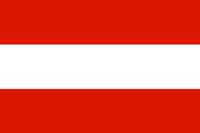 The Archduchy of Austria was a major principality of the Holy Roman Empire and the nucleus of the Habsburg monarchy. With its capital at Vienna, the archduchy was centered at the Empire's southeastern periphery. The archduchy's history as an imperial state ended with the dissolution of the Holy Roman Empire in 1806. It was replaced with the Lower and Upper Austria crown lands of the Austrian Empire. and German reinforcements under Prince George of Hesse-Darmstadt, a cousin of the Queen of Spain, while the French replaced the ailing Noailles with the Duke of Vendôme who would become one of Louis XIV's best generals. But the balance of military power was turning dangerously against the French. In Spain, in the Rhineland, and in the Low Countries, Louis XIV's forces only barely held their own: the bombardment of the French channel ports, the threats of invasion, and the loss of Namur were causes of great anxiety for the King at Versailles.
The Archduchy of Austria was a major principality of the Holy Roman Empire and the nucleus of the Habsburg monarchy. With its capital at Vienna, the archduchy was centered at the Empire's southeastern periphery. The archduchy's history as an imperial state ended with the dissolution of the Holy Roman Empire in 1806. It was replaced with the Lower and Upper Austria crown lands of the Austrian Empire. and German reinforcements under Prince George of Hesse-Darmstadt, a cousin of the Queen of Spain, while the French replaced the ailing Noailles with the Duke of Vendôme who would become one of Louis XIV's best generals. But the balance of military power was turning dangerously against the French. In Spain, in the Rhineland, and in the Low Countries, Louis XIV's forces only barely held their own: the bombardment of the French channel ports, the threats of invasion, and the loss of Namur were causes of great anxiety for the King at Versailles.
In the meantime the diplomatic breakthrough was made in Italy. For two years the Duke of Savoy's Minister of Finance, Gropello, and the Count of Tessé (Catinat's second-in-command), had secretly been negotiating a bi-lateral agreement to end the war in Italy. Central to the discussions were the two French fortresses that flanked the Duke's territory – Pinerolo and Casale, the latter now completely cut off from French assistance. By now Victor Amadeus had come to fear the growth of Imperial military power and political influence in the region (now more than he feared the French) and the threat it posed to Savoyard independence. Knowing, therefore, that the Imperials were planning to besiege Casale the Duke proposed that the French garrison surrender to him following a token show of force, after which the fortifications would be dismantled and handed back to the Duke of Mantua. Louis XIV was compelled to accept, and after a sham siege and nominal resistance Casale surrendered to Amadeus on 9 July 1695; by mid-September the place had been razed.
HISTORY
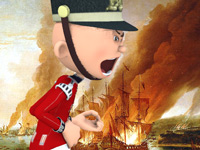
RESOURCES
This article uses material from the Wikipedia article "Nine Years' War", which is released under the Creative Commons Attribution-Share-Alike License 3.0.
© Stories Preschool. All Rights Reserved.
